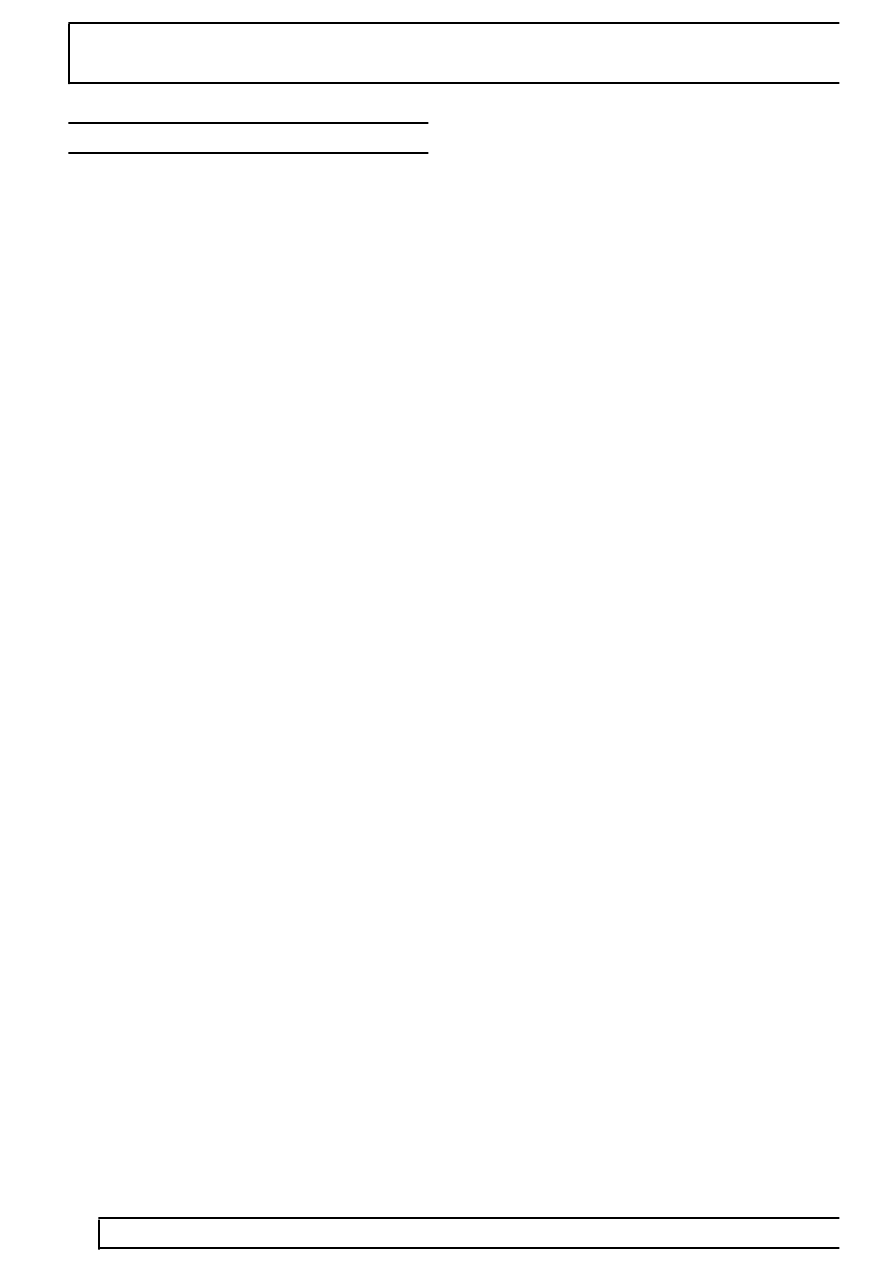Range Rover P38

19
FUEL SYSTEM
NEW RANGE ROVER
10
DESCRIPTION AND OPERATION
OPERATION
General
The digital diesel electronics system (DDE) facilitates
exact control of injection quantity and injection timing
under all operating conditions. As a result, fuel
consumption and exhaust emissions are kept to a
minimum.
Malfunctions
If a fault occurs in any of the following circuits:
manifold absolute pressure sensor, fuel temperature
sensor or coolant temperature sensor, the ECM will
provide substitute values. In the case of a faulty
throttle position sensor, start of injection sensor or
injection timing device, the engine will run at a
reduced performance level.
If the servo unit potentiometer or servo unit fails, the
injection system is deactivated. The engine shuts
down as a result.
Injection timing (Start of Injection) control
The start of injection is controlled by the injection
timing device in the injection pump. A solenoid valve
modulates the internal pump pressure on one side of
the system so that a defined start of injection is set.
When no power is applied, the solenoid valve is
closed, resulting in advanced injection timing (start of
injection).
Injection quantity control
Injection quantity control is achieved by the quantity
servo control unit in the injection pump. The servo
acts on the pump control spool to vary the effective
stroke of the pump piston (injection quantity). The
position of the control spool is signalled back via the
servo potentiometer to the ECM. The ECM compares
the actual value with the nominal value and, if
necessary, adjustment is carried out until the nominal
injection quantity value is achieved. The servo control
unit is set to zero delivery when no power is applied.
Start control
To determine the quantity of fuel to inject during
starting, the ECM uses signals from the coolant
temperature sensor, fuel temperature sensor,
crankshaft position sensor and throttle position
sensor.
Engine speed control
After starting, an idle speed control function cuts in
after a certain engine speed threshold has been
exceeded. This is calculated by the ECM dependent
on the coolant temperature and the active loads. The
idle speed can be adjusted by means of TestBook.
The maximum engine speed is limited by the ECM by
reducing the injection quantity.
Running stability control and jolt damping
The running stability control system is used for engine
speed stabilization when idling. Controlled injection
quantity correction counteracts the irregularities which
occur in the individual cylinders as the result of
dispersion of the injected fuel quantity.
In the case of spontaneous change in the position of
the accelerator pedal or a sudden change in the
driving resistance, vibrations occur which, in
conjunction with the control frequency of the injection
hydraulics, can result in jolts and jerks.
On the basis of segment-by-segment angle evaluation
in the input sequence, the engine speed signals
provide the information which is used for corrective
control (rotation irregularities) in the quantity servo
control unit. The prerequisite for this function is the
input of the vehicle speed signal.
Exhaust emission limitation and overheating
protection
At high ambient air temperatures and at increasing
altitude, the full load quantity is reduced in order to
limit exhaust emission. The full load fuel quantity is
also reduced when the permissible water temperature
is exceeded in the high speed range.
